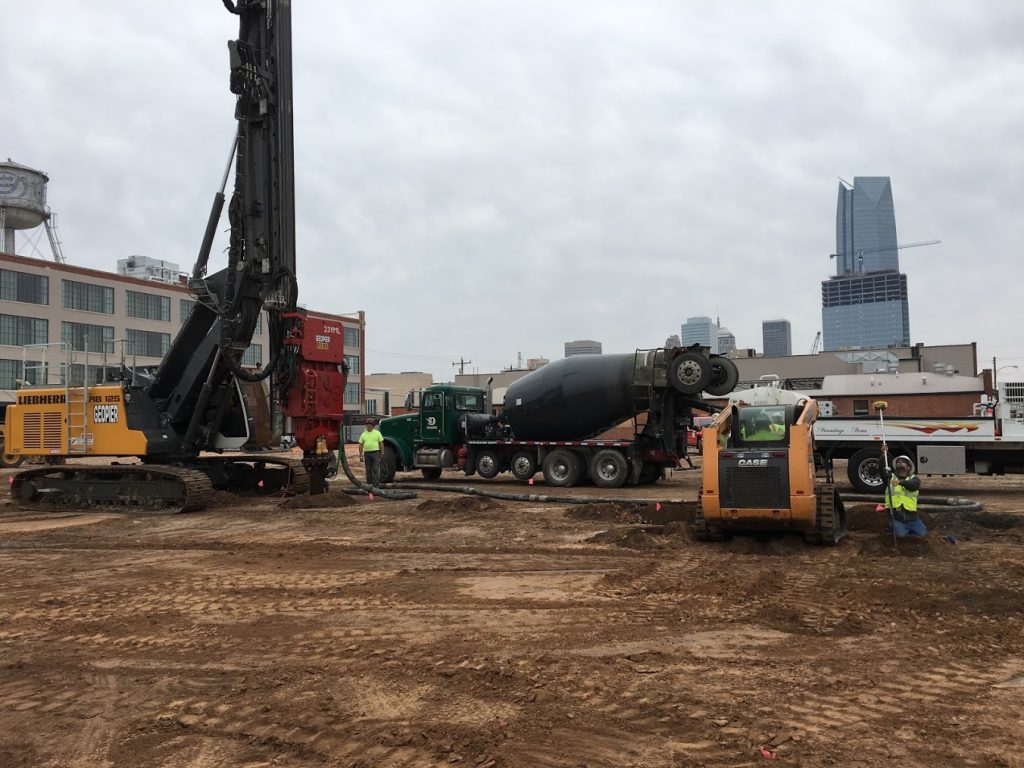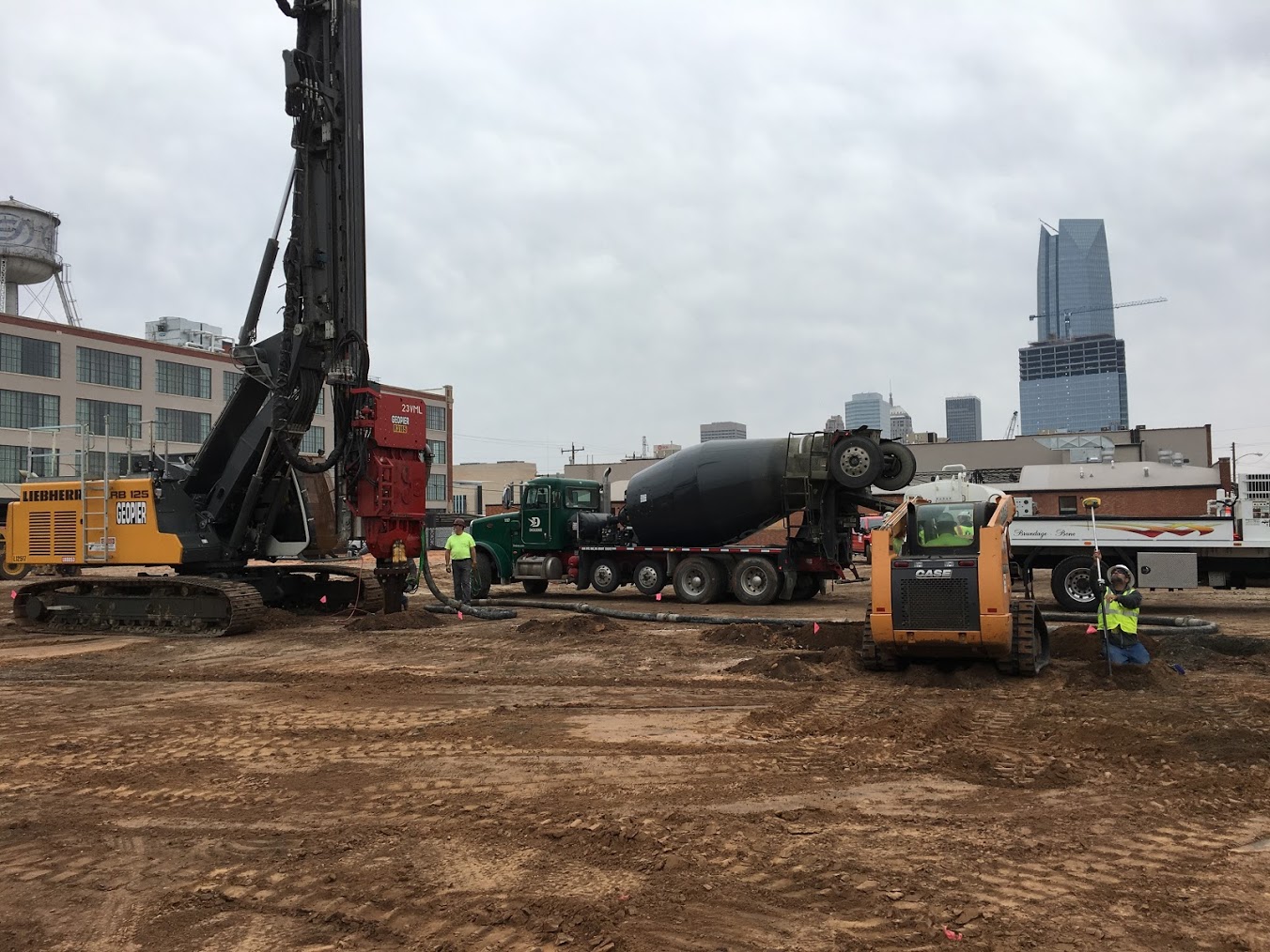Leading Thoughts: 10/25/18 Geopier® Rigid Inclusions Expand Development Options on Tough Sites

Geopier ground improvement including rigid inclusions are gaining acceptance from the geotechnical community to handle organic soil and very soft clay sites.
There is an old saying in the geotechnical profession that “all the good sites are gone.” Recently though, new ground improvement methods known as rigid inclusions have made undesirable sites attractive for developers.
There are lots of vacant sites, drilled multiple times by different geotechs, where poor soils have made development too costly. Traditional approaches could not lessen the foundation costs – or the risks inherent with weaker strata. Today, you see development of these tough soil sites expanding – thanks in part to rigid inclusion geotechnical foundation support.
Geopier® is at the forefront of these new technologies, with three distinct methods developed and patented right here in the U.S. Often more economical than pile foundations, rigid inclusion methods can allow for spread footings with behaviors similar to resting on firm strata with uniform support. Installing columns at uniform depths and widths – typically made of concrete or confined with a high modulus material – through the weak strata, the methods displace organics or other soft soils.
 Geopier GeoConcrete® Column System
Geopier GeoConcrete® Column System
Innovation is also happening at the intersection of the rigid inclusion and the bottom of the footing. Geotechnical and structural engineers work closely together on the design of this foundational intersection to meet bearing capacity and settlement requirements for each project.
The takeaway for developers and engineers is that Geopier rigid inclusion methods have opened up a whole new era of ground improvement. It is the rare site today that is so poor that it can’t be improved in some way to reduce development time and construction expense.
Enjoy the standard spread footings and floor slabs-on-grade that you’ve always desired. Ground Improvement Engineering offers multiple Geopier rigid inclusion methods to help you deal with challenging organic or soft soils. See our Geopier technologies page for more details.
For an example of how we’ve designed and applied a rigid inclusion system, read about our Oklahoma City, Oklahoma project.
